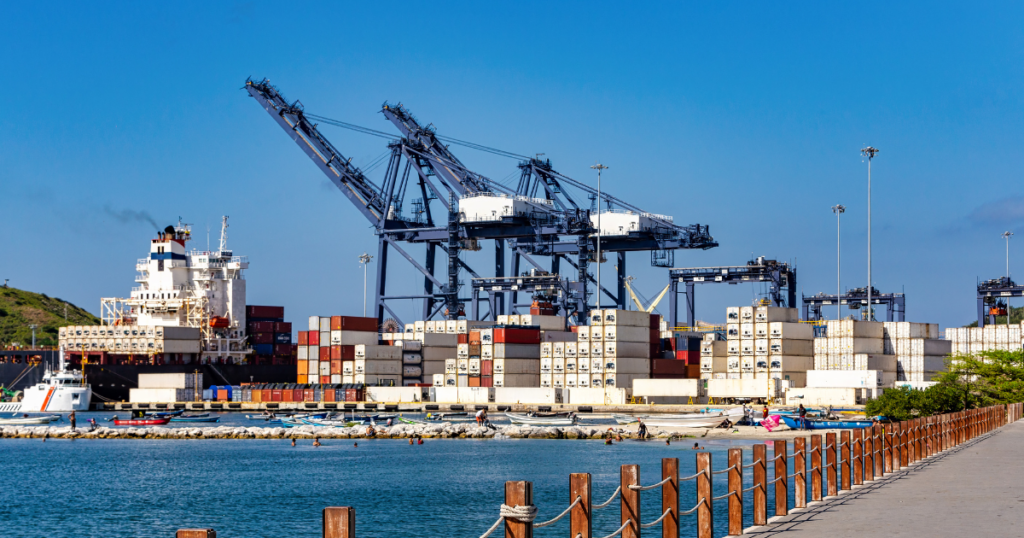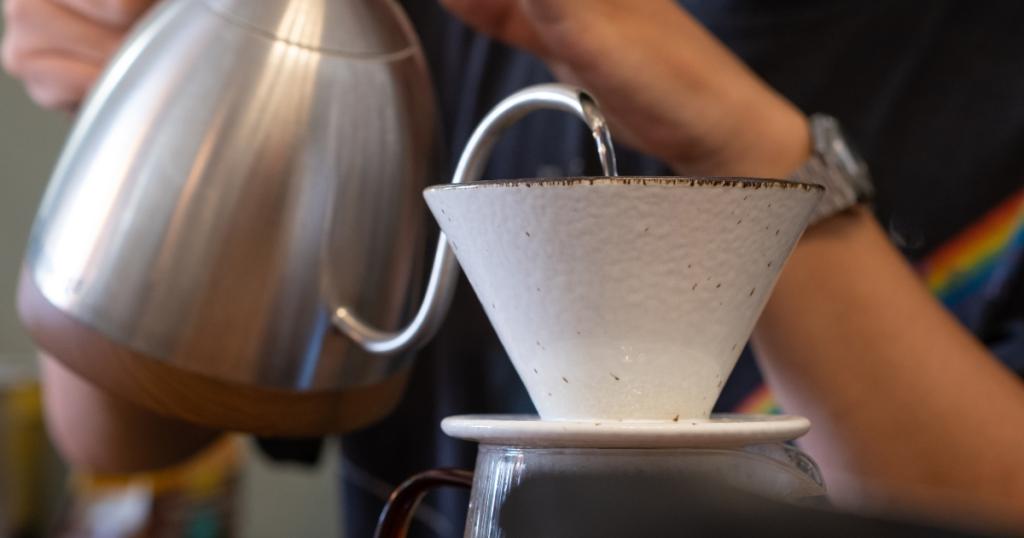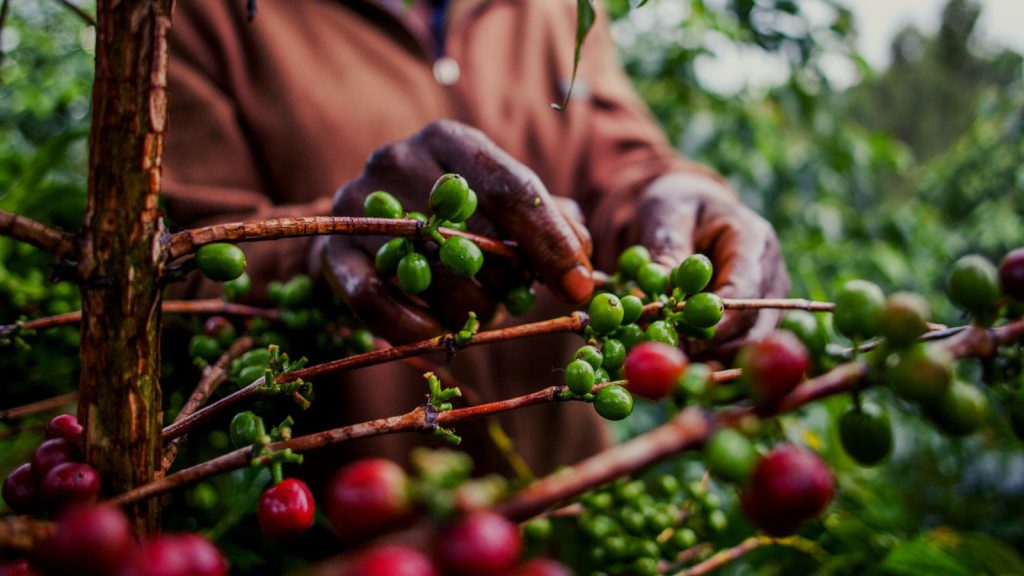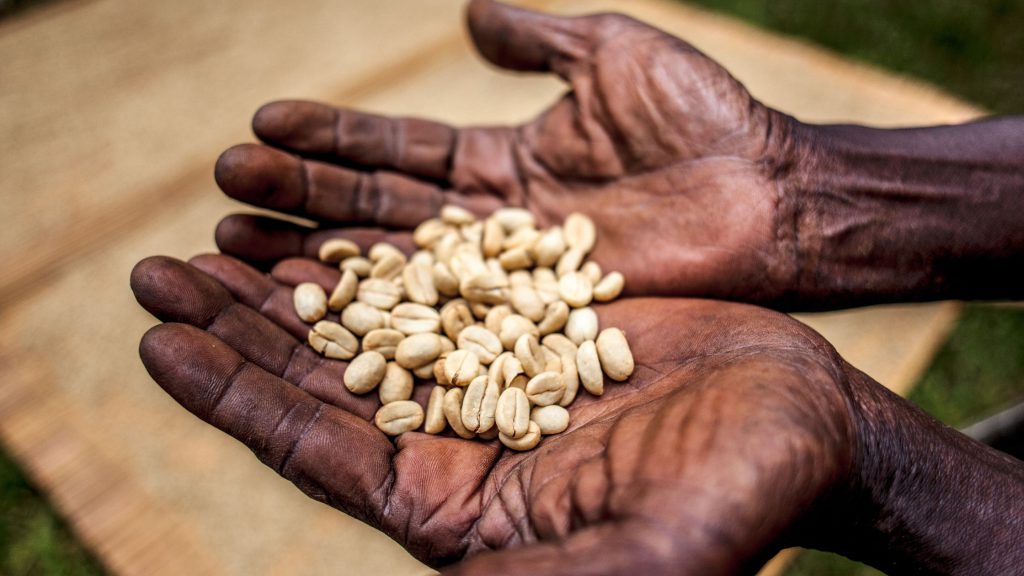For many, coffee is a daily ritual. For those in the business, it’s a volatile global commodity—and in 2025, it’s proving more unpredictable than ever. Prices are swinging, trade policies are shifting, and supply chains are once again under pressure. After months of relative calm, the coffee market is showing signs of stress that could ripple through every level of the industry—from producers and importers to roasters and café owners. It will even filter right down to coffee drinkers.
At the center of the current turbulence is a mix of climate shocks, tariff threats, and speculative behavior in commodity markets. It’s a perfect storm that has driven Arabica futures to historic highs, triggered panic buying, and now, as importers scramble to meet a looming tariff deadline, threatens to reshape how coffee moves into—and within—the U.S. market.
The February Spike and the Supply Chain Squeeze
The first major shock of the year came in mid-February, when Arabica futures soared well above $4.00 per pound, one of the highest levels on record. The spike was driven by drought conditions in Brazil—responsible for over a third of the world’s coffee exports—and widespread flooding in Vietnam, the world’s second-largest coffee producer. These twin disruptions didn’t just reduce the size of harvests—they also shattered any remaining confidence in the reliability of supply for the 2025 cycle.
The result was an immediate and painful surge in the cost of green coffee beans, the raw input for roasters. With demand for specialty and premium blends still strong despite broader economic pressures, many in the roasting business found themselves caught between rising costs and customer price sensitivity.

Port of Santa Marta in Colombia – artushfoto.eu from Artush
Then Came Tariff Turmoil
Just as the industry was adjusting to climate-driven price inflation, a new threat emerged in the form of trade policy. In early April, the Trump administration announced a sweeping slate of import tariffs as part of a broader “Liberation Day” campaign to realign U.S. trade strategy. After the announcement of the tariffs sent markets crashing, the policy was updated to a baseline 10% tariff on imported goods from most countries, including coffee. But what truly rattled the coffee industry was the latest proposed 50% tariff on Brazil imports – yes, including coffee, set to take effect August 1.
As a result, importers are now rushing to land as much Brazilian coffee as possible before the deadline. According to Reuters, U.S. ports are seeing a surge in inbound coffee as the clock ticks down. This short-term influx may offer temporary relief on prices, but it’s also creating logistical challenges and long-term risk. Once the August 1 deadline passes, those shipments could dry up—or become prohibitively expensive.

Barista brewing a pour over – Img by Smith Assavarujikul from Getty Images
Retail Prices Climb as Inflation Takes Hold
While futures markets fluctuate, the impact on retail coffee prices has been steady and upward. Inflation data from the Bureau of Labor Statistics shows roasted coffee prices rose 12.7% year-over-year in June. Instant coffee prices climbed even faster—up 16.3%. Ground coffee now averages $8.13 per pound, nearly a dollar more than it did in January.
The effects are showing up in cafes as well. As MarketWatch recently noted, the average price of a specialty shop coffee now sits at around $4.50—and that’s assuming you’re not ordering anything too elaborate.
However, these price increases aren’t driven solely by tariffs or climate conditions. Labor costs, shipping delays, and currency fluctuations have all played a role. But there’s no question that supply chain instability and import policy have poured fuel on the fire.

Picking ripe red Arabica coffee cherries.
The Road Ahead
While some tariffs have been reduced or temporarily paused, the 50% levy on Brazilian coffee still looms large. If it takes effect as planned, it could dramatically reshape the U.S. coffee market. Brazil is not just the world’s largest coffee producer—it’s also a preferred source for many specialty roasters due to its consistent quality and volume. Losing affordable access to Brazilian green coffee beans would force many buyers to look elsewhere—likely at higher prices or reduced quality.
Meanwhile, the climate risk remains. Although Brazil’s crop looks stronger this season, dry conditions have continued to put upward pressure on the coffee market. As we discussed in our earlier post, climate instability isn’t going away—it’s becoming a structural challenge for the global coffee supply chain.
This means that the volatility we’ve experienced in 2025 could persist. Roasters should continue to review sourcing strategies, contracts, and pricing models. Retailers may need to rethink how to communicate value to customers as costs climb. And consumers, for their part, should expect that their morning cup may keep getting more expensive.

Coffee farmer hands holding unroasted coffee beans
Conclusion
Coffee has always been a product shaped by nature and politics. But rarely have the two collided so visibly as they have this year. The market remains in flux, with key deadlines, unpredictable weather, and unstable trade policies keeping everyone on edge.
As August approaches, all eyes are on Brazil—both for its harvest and for the political decision that could determine the next major swing in price. Until then, buckle up! This year may continue to be a roller coaster for coffee.


